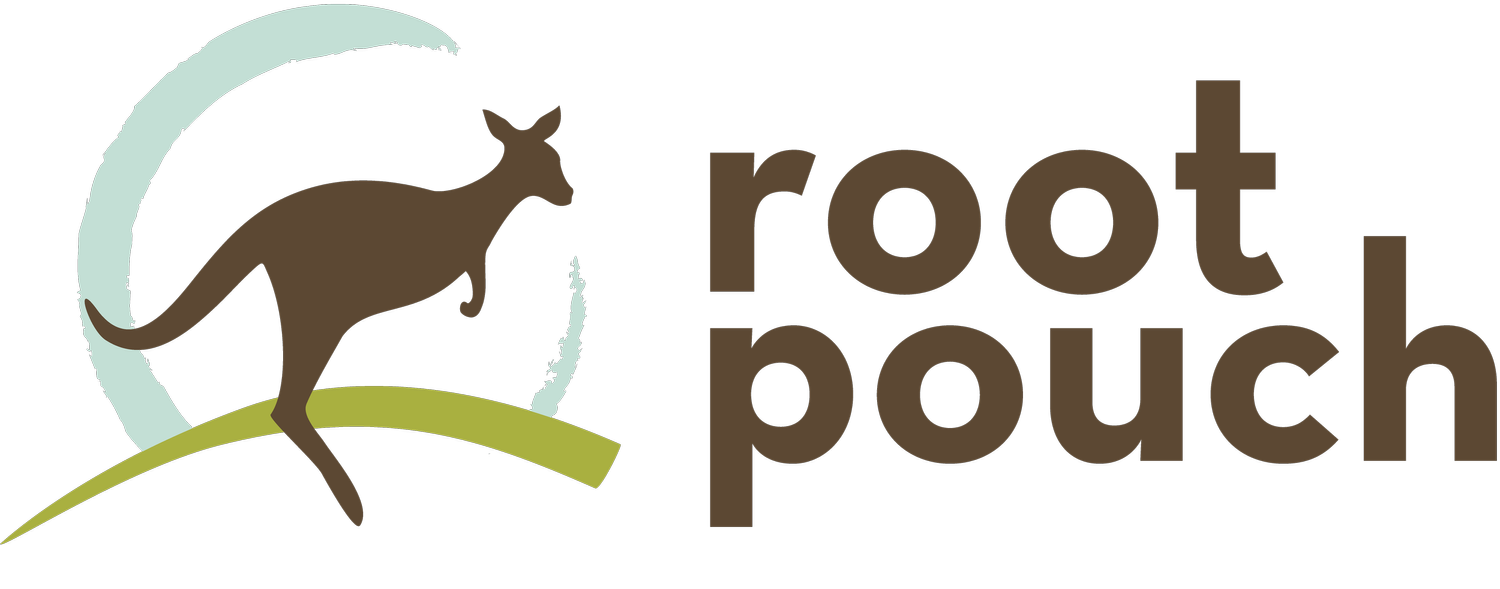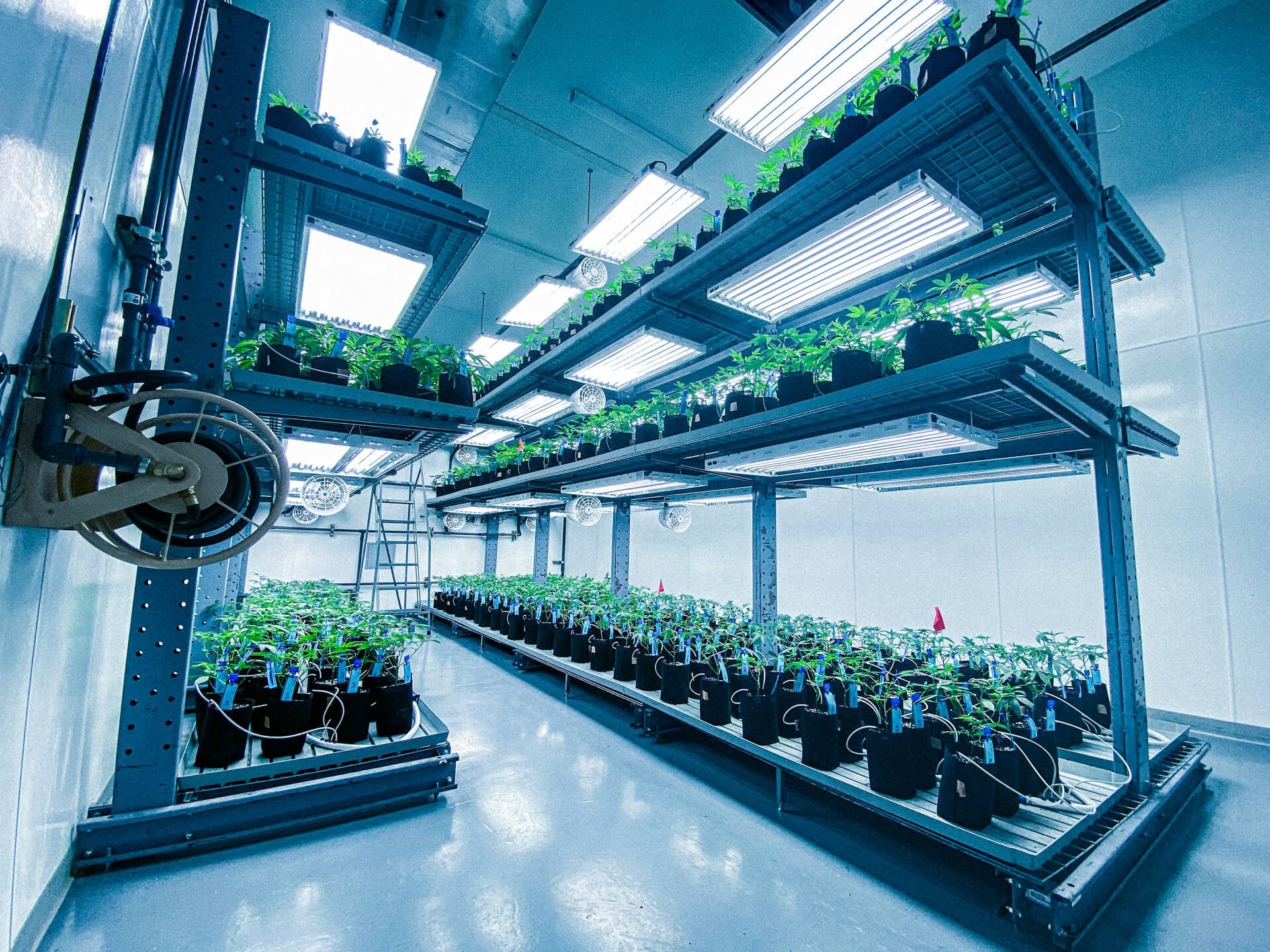
5 Fabric Lines, Designed for your Exact Needs.
The Boxer Line.
Strength and reliability in harsh conditions.
-
100% Recycled Water Bottles (PET)
-
Extra Strength
Root Pruning
Breathable -
Available in #1 - #600
Refer to Spec Sheet for Dimensions
-
Lasts several seasons in tough conditions.
The Black Line.
Effective In and
Above Ground.
-
Recycled Water Bottles (PET) and Natural Fibers
-
Root Pruning
Water Wicking
Extended Lifespan In-Ground -
Available in #1 - #25
Refer to Spec Sheet for Dimensions
-
4-5 Years In-Ground,
7-8 Years Above Ground
-
Recycled Water Bottles (PET) and Natural Fiber Blend.
-
Root Pruning
Water Wicking
Breathable -
Available in #1 - #15
Refer to Spec Sheet for Dimensions
-
3-4 Years In-Ground,
5-6 Years Above Ground
The Grey Line.
Strength and Performance,
All In One.
The Charcoal Line.
Boost Your Short Crop Like Never Before.
-
Recycled Water Bottles (PET) and Natural Fibers, 150 g/m2
-
Extremely Breathable
Balanced Draining
Even Water Distribution -
Available in #1 - #7
Refer to Spec Sheet for Dimensions
-
18-24 Months Above Ground
The Thin Black Line.
Start your Plants
Off Right.
-
Recycled Water Bottles (PET), 90 g/m2
-
Extremely Breathable
Squared Bottom
Even Water Distribution -
Available in #1 Pint - #3
Refer to Spec Sheet for Dimensions
-
5-9 Months In-Ground,
6-12 Months Above Ground





